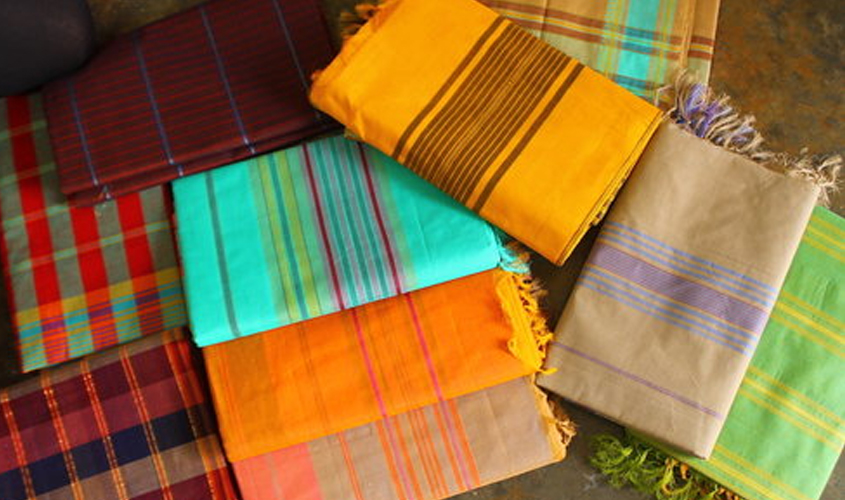The handloom saree tradition

The Khadi handloom saree tradition is a celebrated art form that holds deep cultural and historical significance in India. Khadi, meaning "handspun cloth," is a fabric woven from natural fibers such as cotton, silk, or wool. The tradition of Khadi handloom sarees emerged during India s freedom struggle in the early 20th century under the leadership of Mahatma Gandhi, who promoted Khadi as a symbol of self-reliance, self-sufficiency, and resistance against British colonial rule.
Khadi handloom sarees are meticulously crafted by skilled artisans who employ traditional weaving techniques passed down through generations. Each saree is a work of art, reflecting the rich heritage and artistic prowess of the weaver. The process begins with spinning the yarn by hand, using a spinning wheel called the charkha. This labor-intensive method adds uniqueness to each saree, as the irregularities and variations in the hand-spun yarn create an organic and textured appeal.
The Khadi handloom saree tradition not only preserves the art of handloom weaving but also supports local artisans and rural communities, providing them with livelihood opportunities. By choosing and wearing Khadi handloom sarees, individuals contribute to the revival and sustenance of this ancient craft, honoring its cultural significance and promoting ethical and sustainable fashion practices.
As per 2010 census 44 lakhs of families are engaged in hand weaving. In 2011-12, the handloom industry wove 6900 million square metres of cloth. Andhra Pradesh is said to be the home of 3, 59,212 weaver families who all works in primary co operative handloom societies. Primary Handloom Weavers Co operative’s (PHWCS) includes weavers within certain specific geographical limits and provides production work to the members. The co operatives also see that the weavers receive fare Wage and at the same time conduct various Welfare measures.